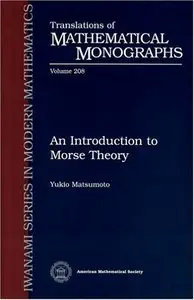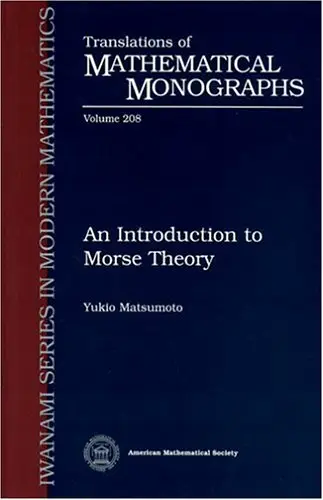Y. Matsumoto, "An Introduction to Morse Theory"
English | 2001 | ISBN: 0821810227 | 219 pages | PDF | 9,7 MB
English | 2001 | ISBN: 0821810227 | 219 pages | PDF | 9,7 MB
In a very broad sense, "spaces" are objects of study in geometry, and "functions" are objects of study in analysis. There are, however, deep relations between functions defined on a space and the shape of the space, and the study of these relations is the main theme of Morse theory.
In particular, its feature is to look at the critical points of a function, and to derive information on the shape of the space from the information about the critical points. Morse theory deals with both finite-dimensional and infinite-dimensional spaces. In particular, it is believed that Morse theory on infinite-dimensional spaces will become more and more important in the future as mathematics advances. This book describes Morse theory for finite dimensions. Finite-dimensional Morse theory has an advantage in that it is easier to present fundamental ideas than in infinite-dimensional Morse theory, which is theoretically more involved.
Therefore, finite-dimensional Morse theory is more suitable for beginners to study. On the other hand, finite-dimensional Morse theory has its own significance, not just as a bridge to infinite dimensions. It is an indispensable tool in the topological study of manifolds. That is, one can decompose manifolds into fundamental blocks such as cells and handles by Morse theory, and thereby compute a variety of topological invariants and discuss the shapes of manifolds. These aspects of Morse theory will continue to be a treasure in geometry for years to come. This textbook aims at introducing Morse theory to advanced undergraduates and graduate students. It is the English translation of a book originally published in Japanese.



